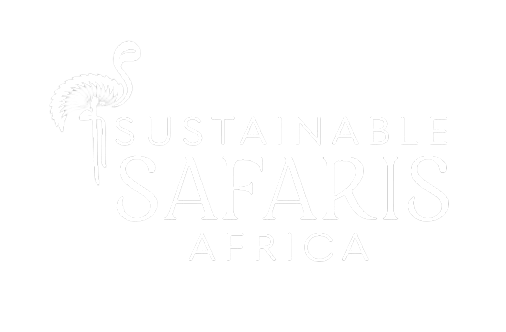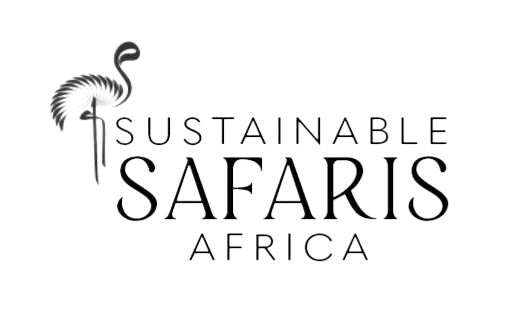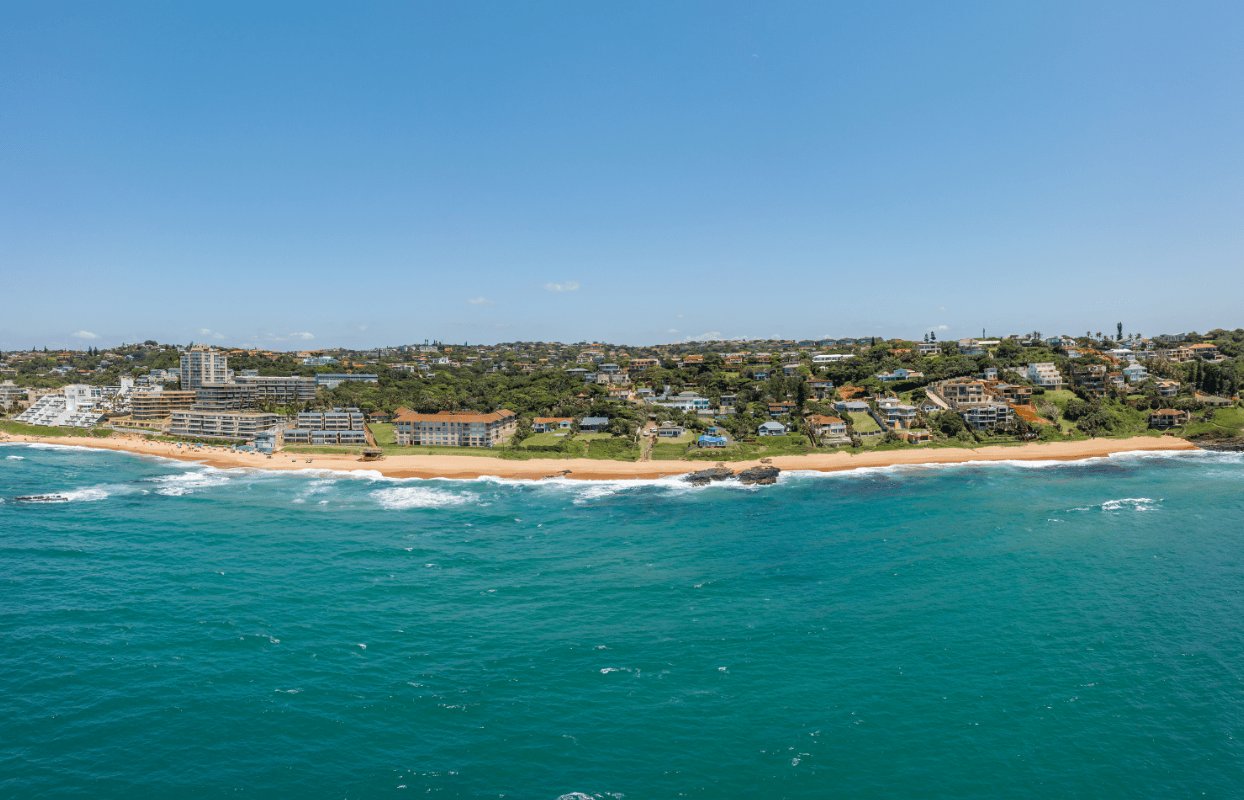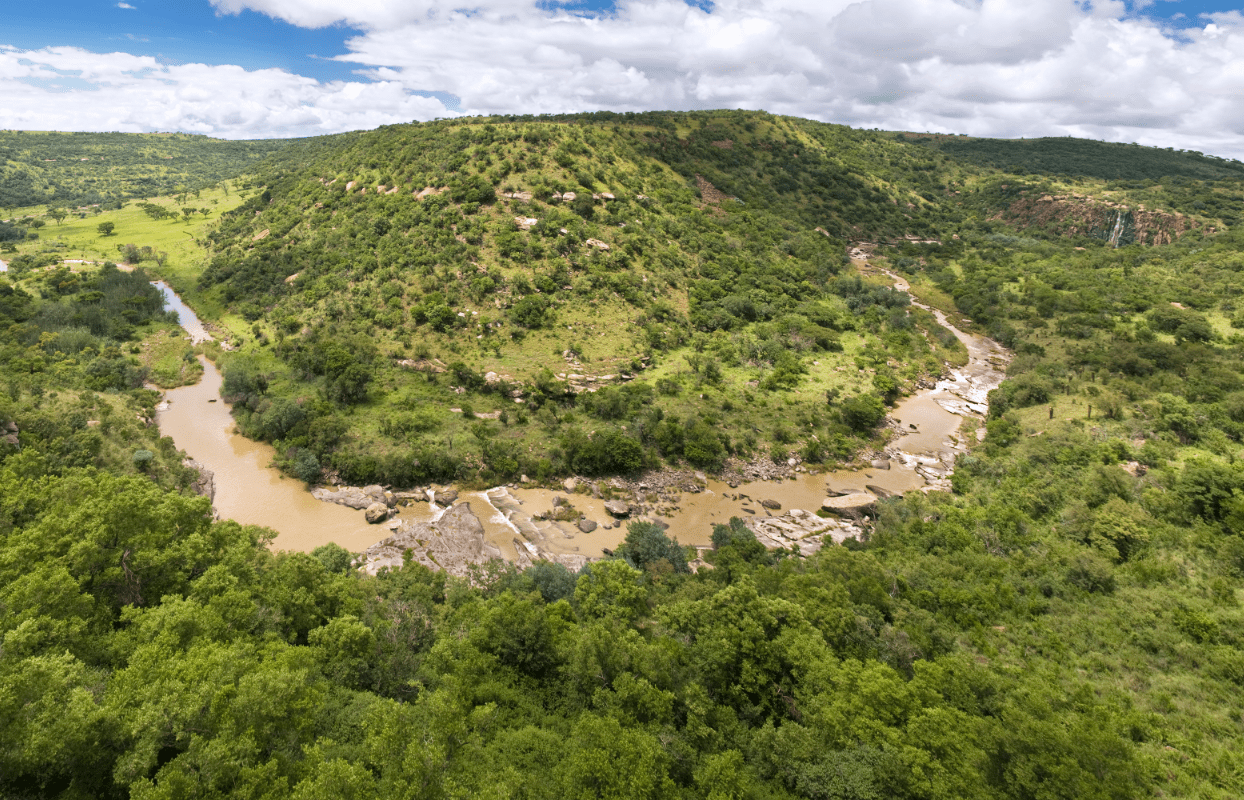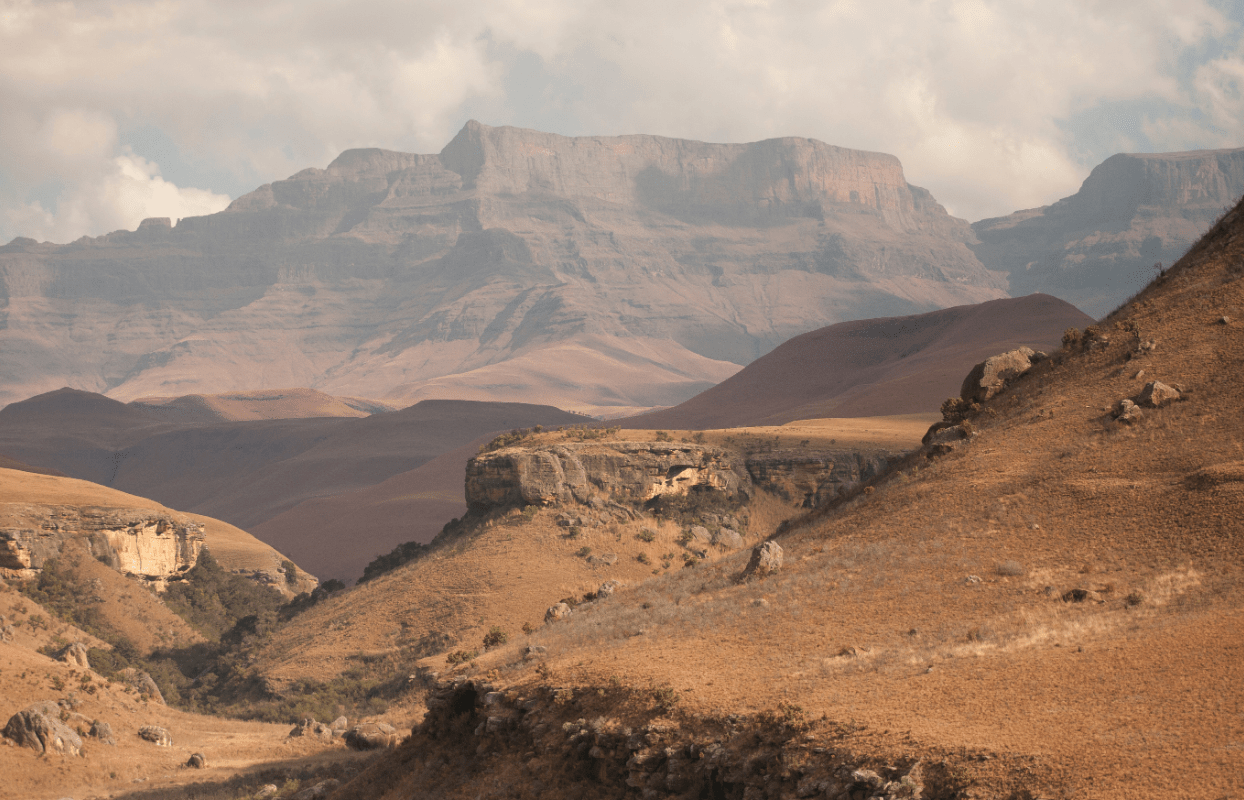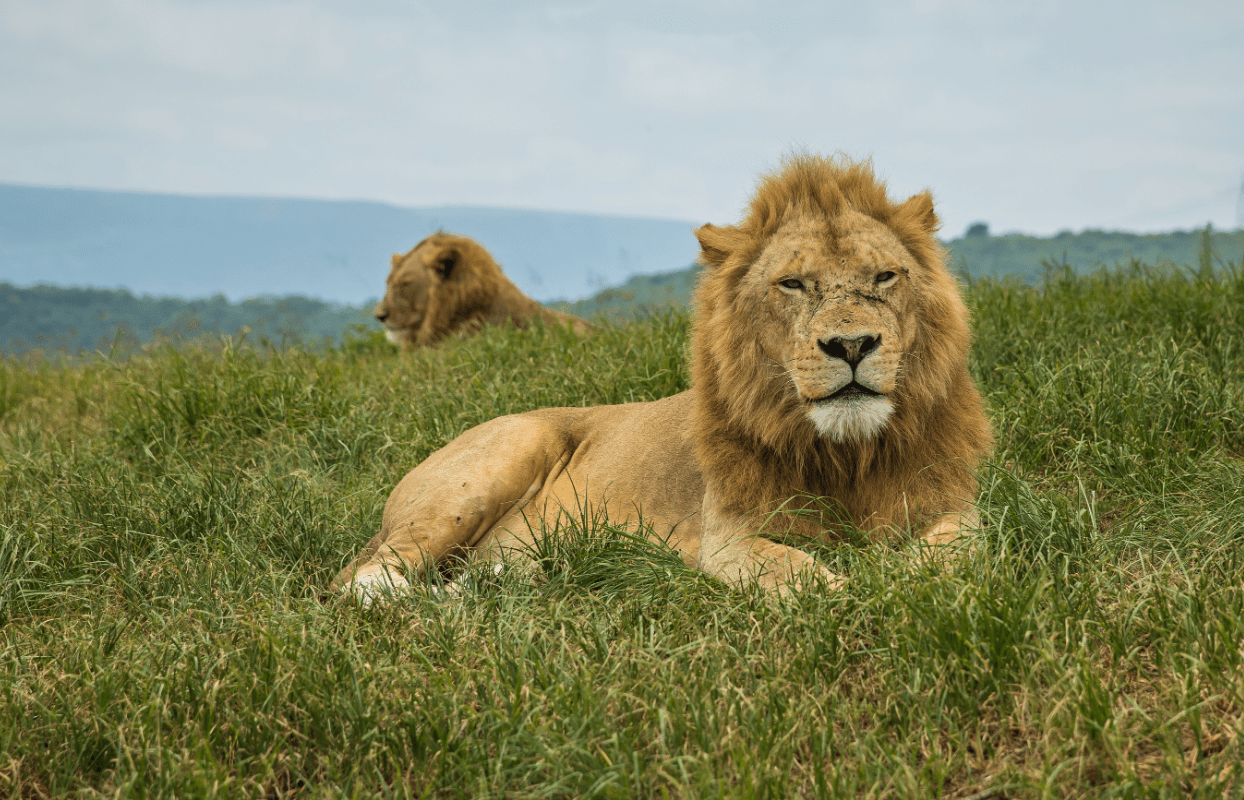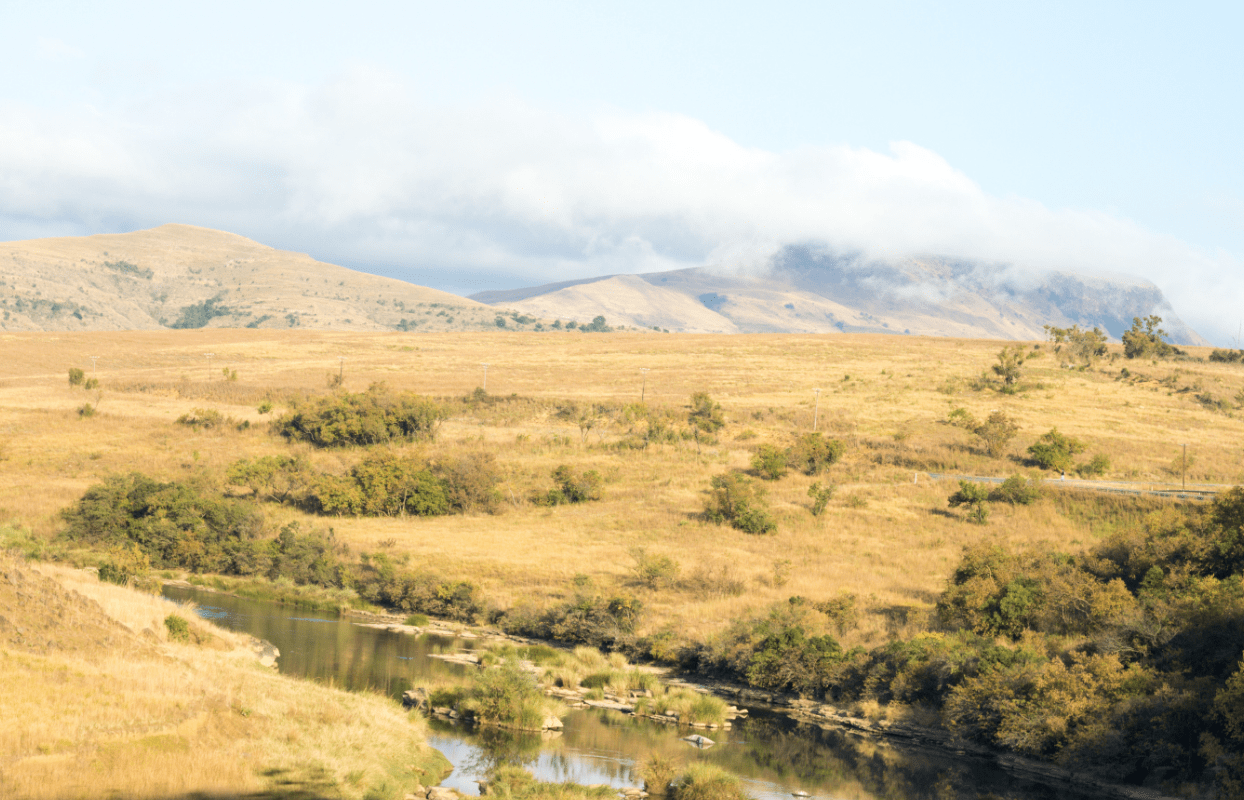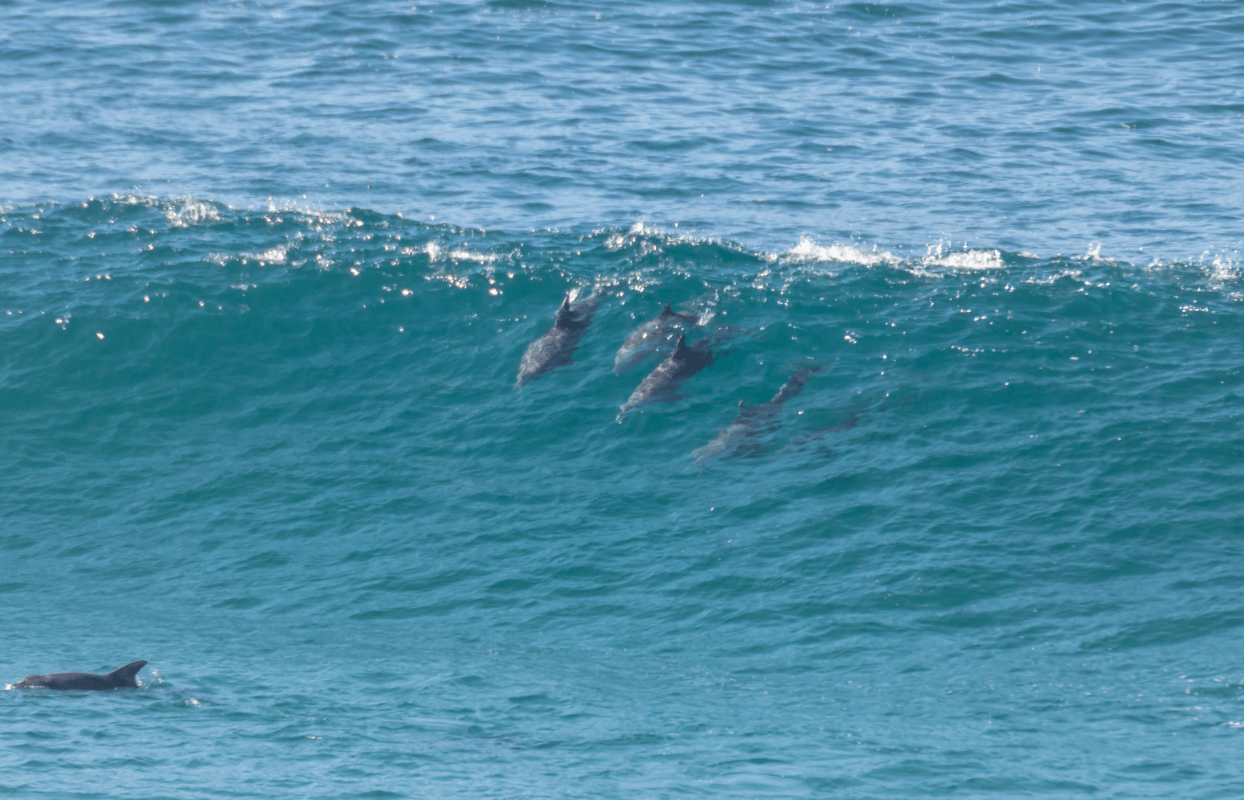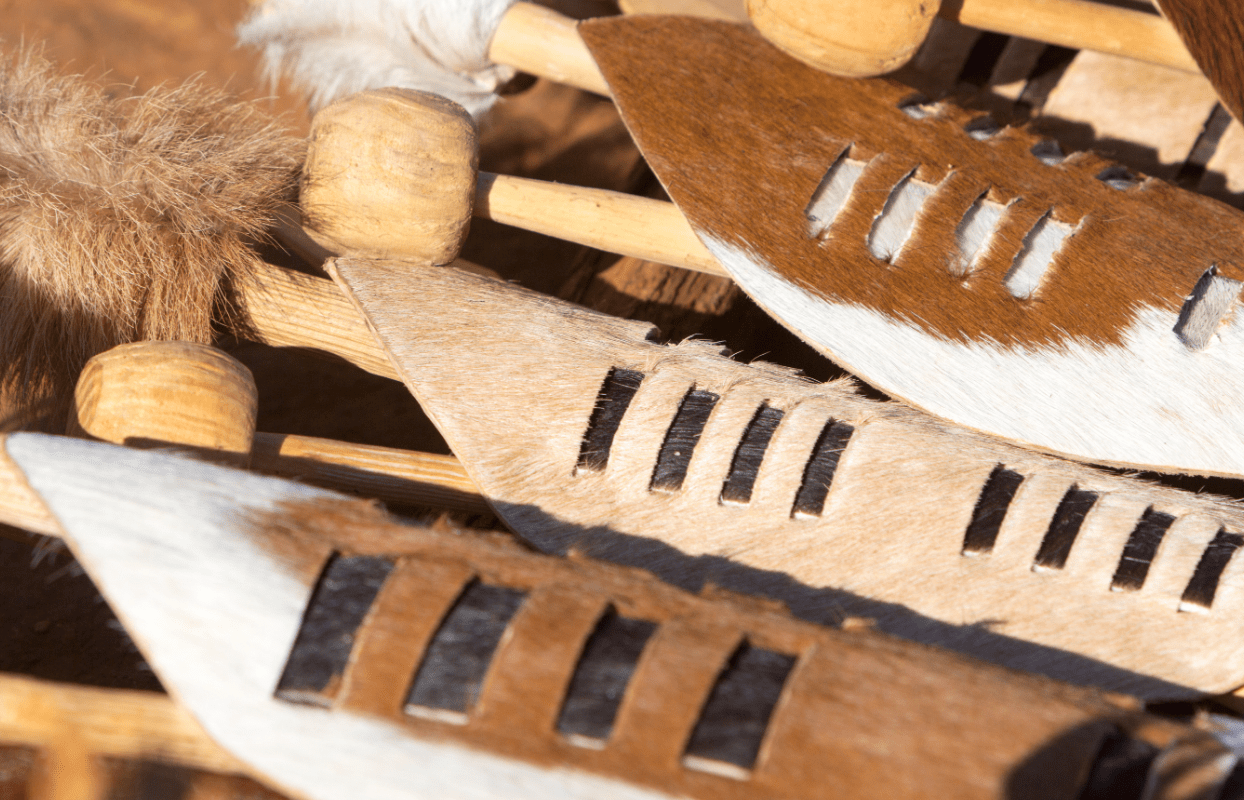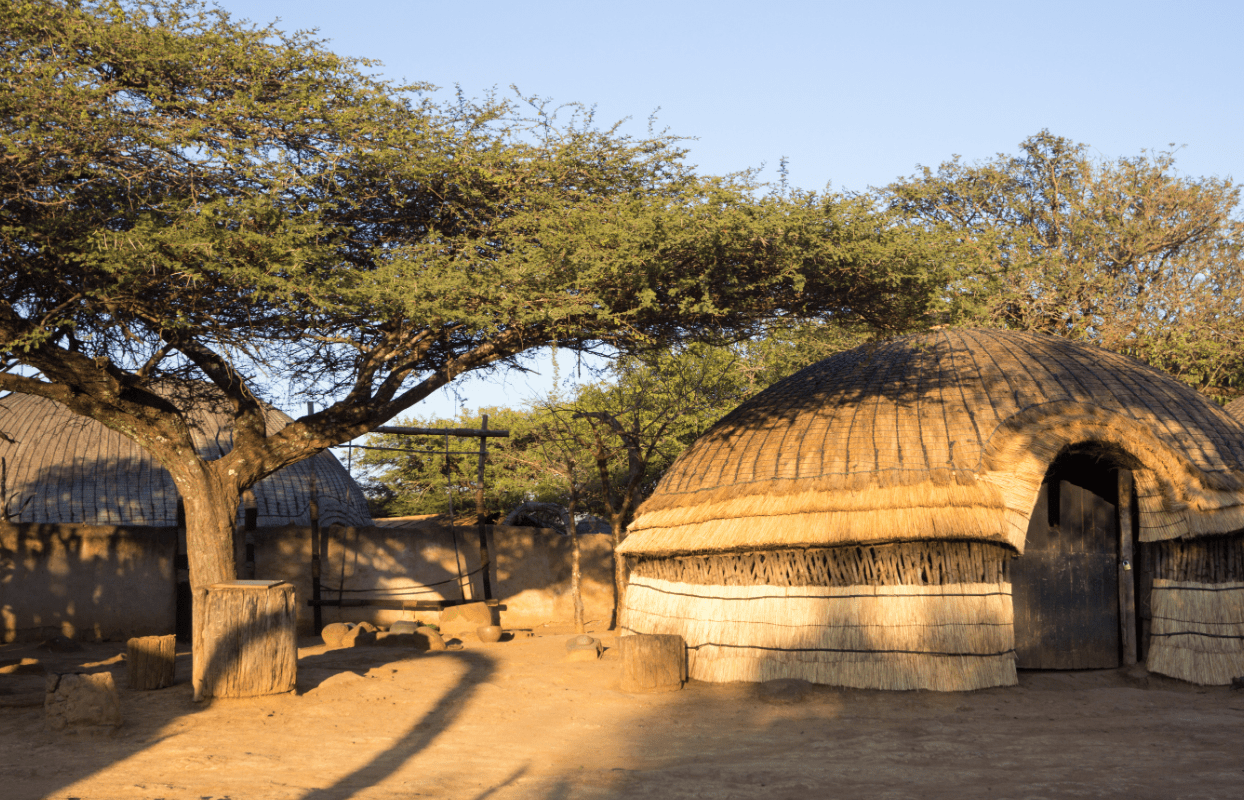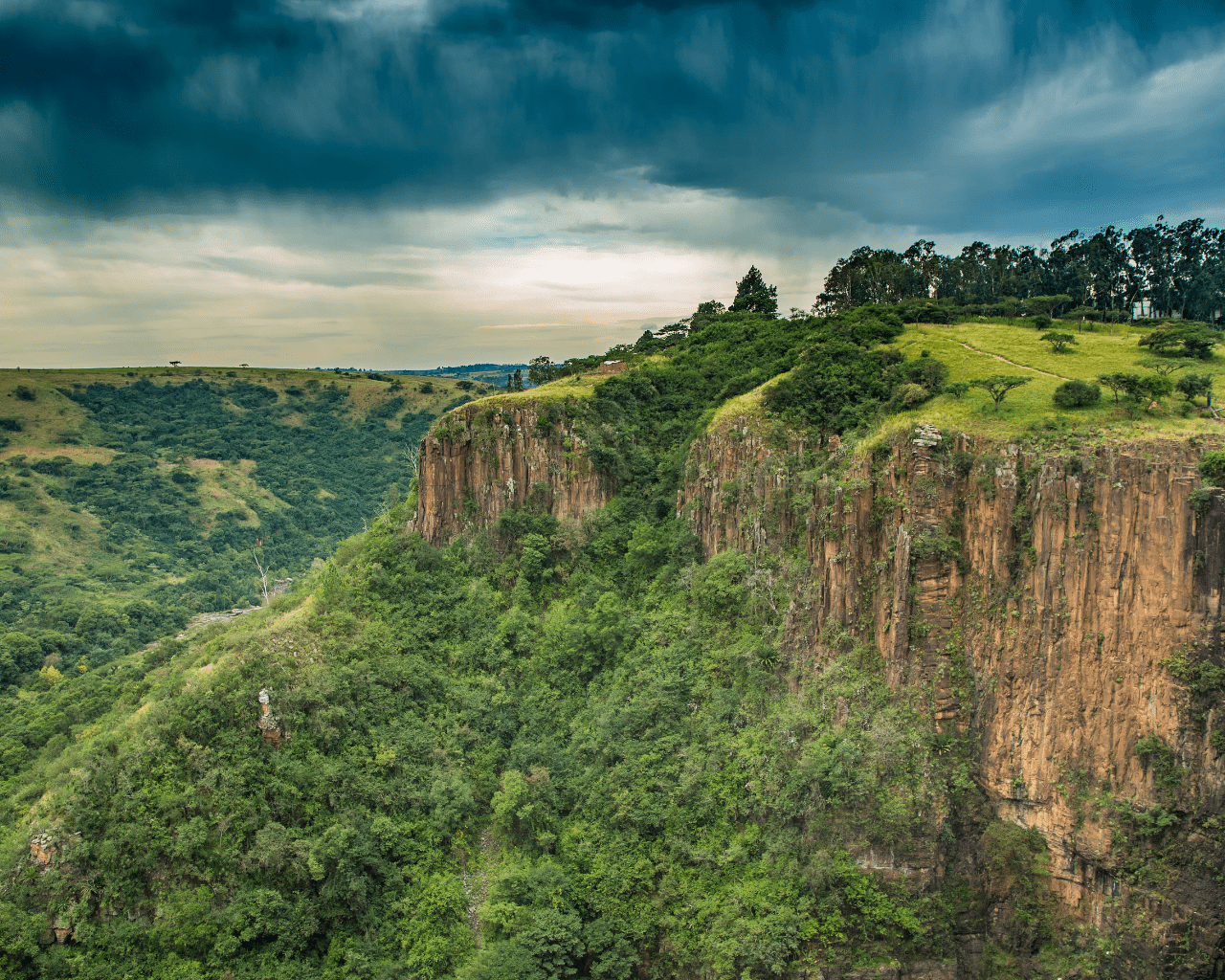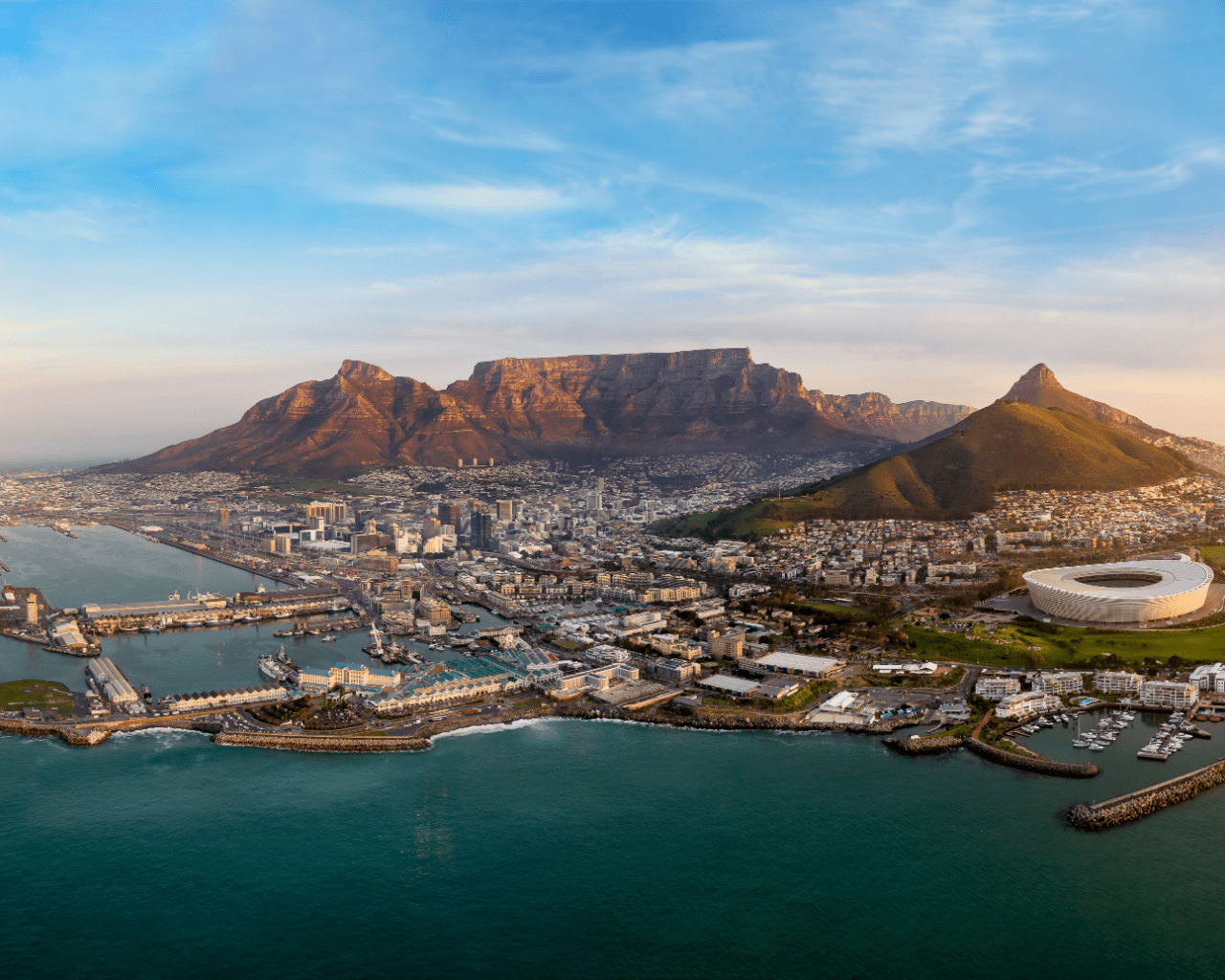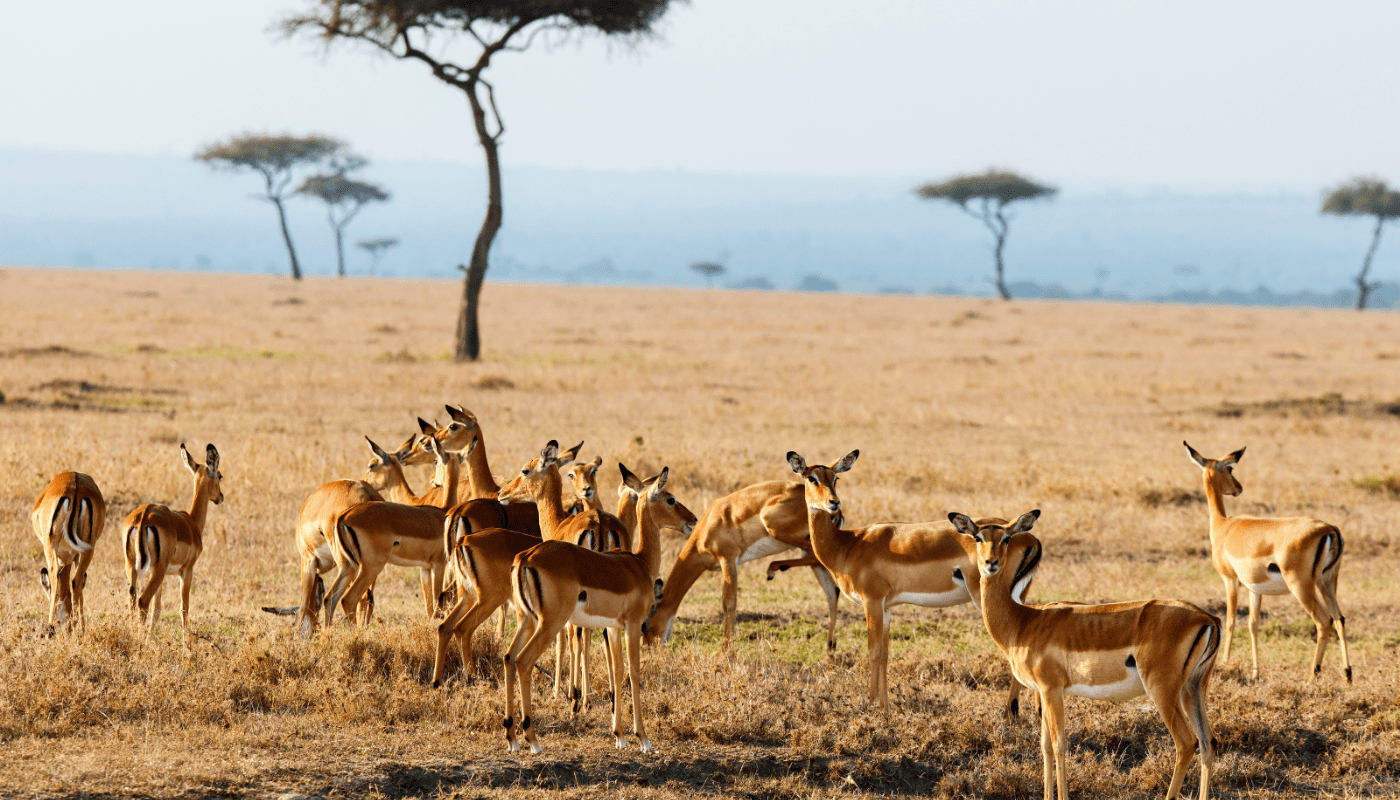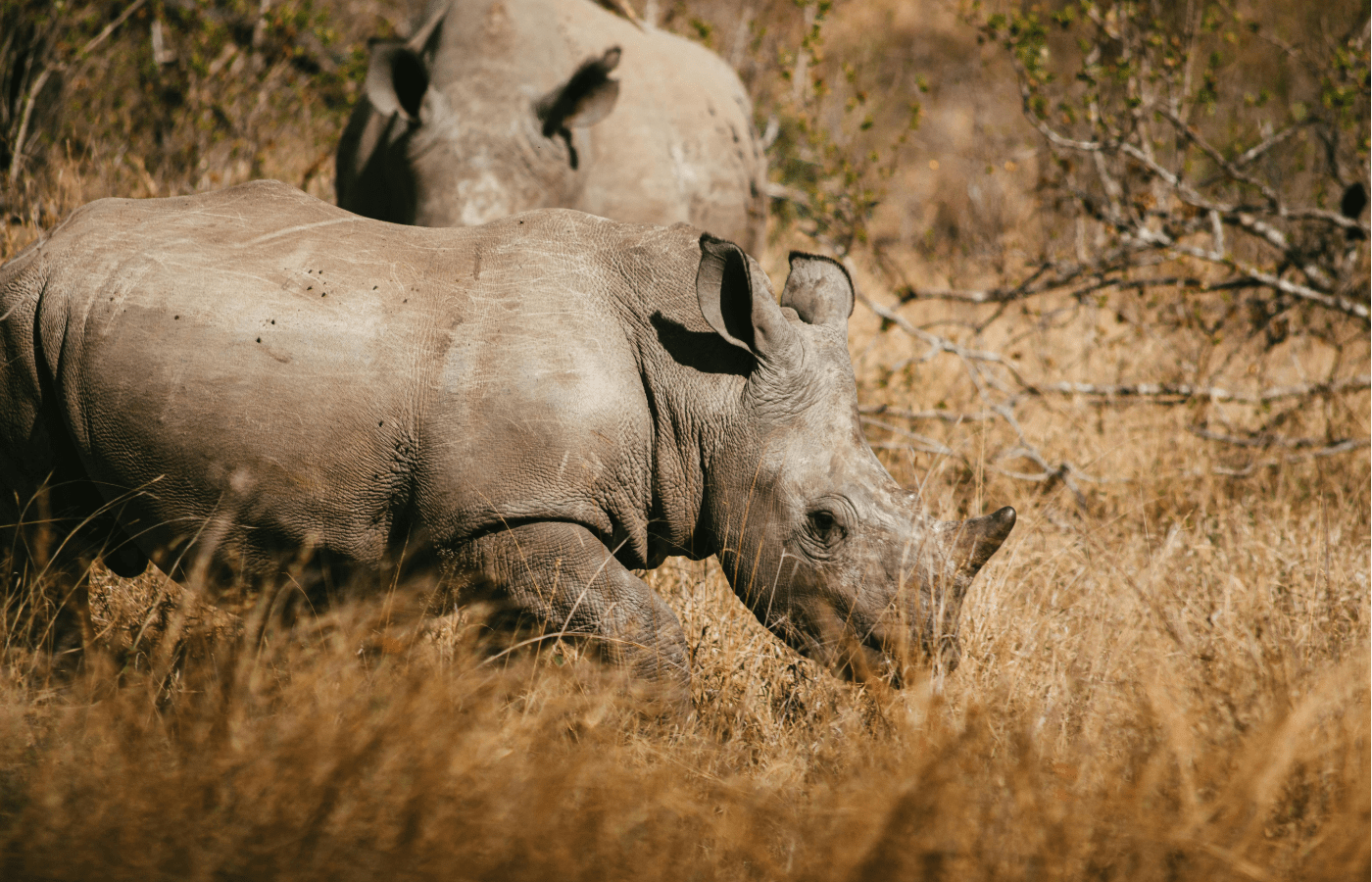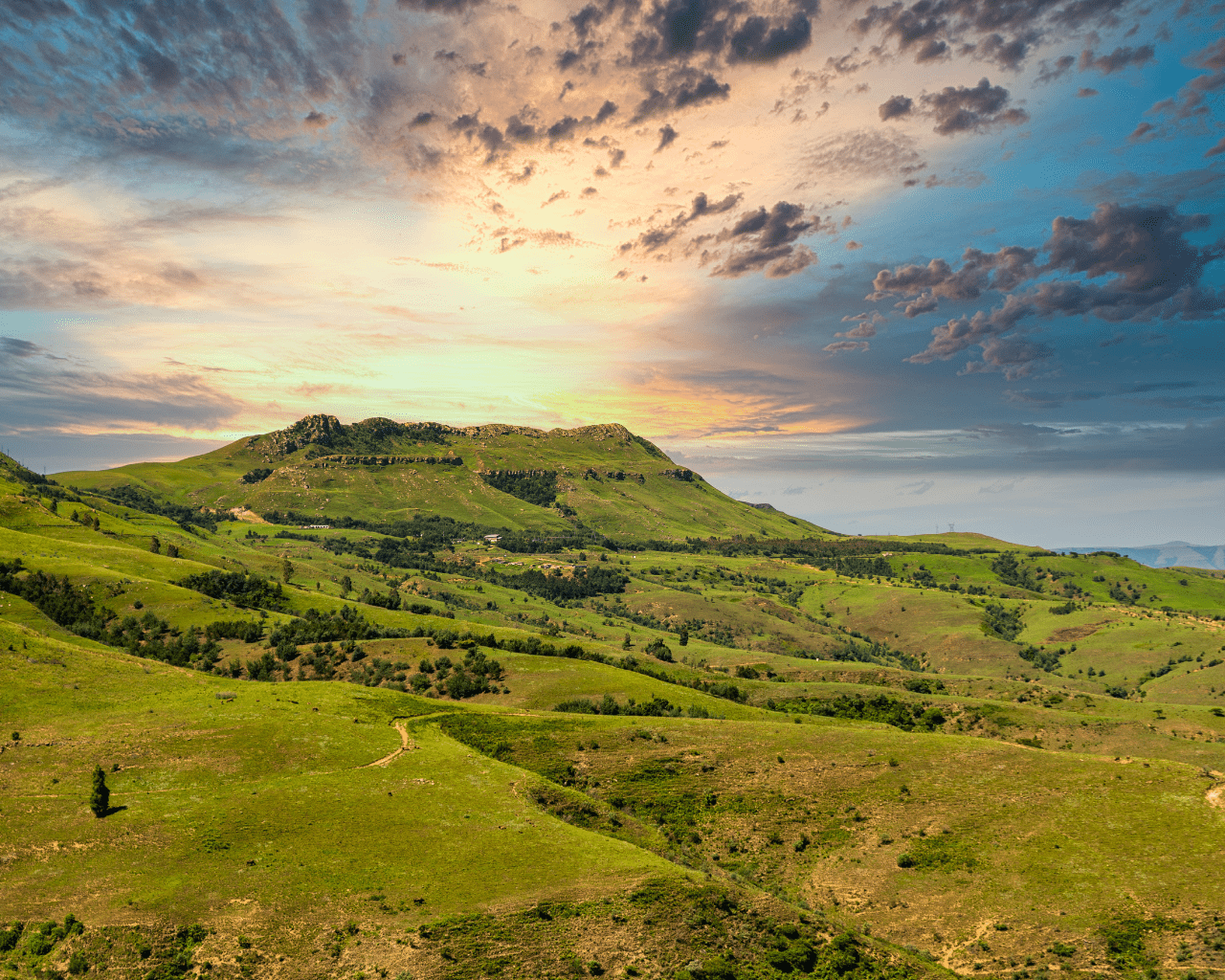
Why you should visit...
KwaZulu-Natal
Kwa-Zulu Natal is a province of dramatic contrasts, where golden shores of the Indian Ocean meet the soaring Drakensberg Mountains, and where rich Zulu culture thrives alongside thriving ecosystems. This is a destination that rewards the curious, offering a tapestry of natural beauty, heritage, adventure, and sustainability, all woven into one unforgettable experience.
From the lush wetlands of iSimangaliso Wetland Park to the alpine grasslands of uKhahlamba-Drakensberg Park, the province is home to two UNESCO World Heritage Sites, representing an astonishing range of landscapes—from mist-clad peaks to shimmering coastal estuaries.
For wildlife lovers, Hluhluwe–iMfolozi Park stands as Africa’s oldest proclaimed reserve and plays a pivotal role in saving the southern white rhinoceros from extinction. The province’s conservation ethos extends to community-driven initiatives, with organisations linking rural livelihoods with environmental stewardship.
Self-drive routes reveal diverse wonders—from the Beachwood Mangroves Nature Reserve, an oasis of birdlife tucked into Durban’s north, to the ancient oNgoye Forest Reserve, sanctuary to rare cycads and endemic bird species.
Culturally, Kwa-Zulu Natal is the heartland of the Zulu nation. Townships and rural homesteads invite visitors to connect through dance, craft, and storytelling, while urban hubs like Durban offer a vibrant blend of markets, cuisine, and waterfront charm. Coastal resorts, traditional villages, and boutique lodges now increasingly feature eco-conscious designs, offering immersive experiences that benefit both environment and community.
Adventure beckons at every turn—whether it’s hiking the Dragon’s Tooth in the Drakensberg, diving into warm subtropical seas, or witnessing the Sardine Run, where millions of silvery fish rocket northward, pursued by dolphins, sharks, and seabirds.
Economically, tourism in Kwa-Zulu Natal is vital. In the 2023/2024 fiscal year alone, the sector contributed R25 billion to the provincial economy and sustained over 170,000 jobs. With foreign arrivals rebounding—from UK and US to regional markets like Zimbabwe and Zambia—the region is being repositioned as a primary travel destination.
Kwa-Zulu Natal invites travellers to explore landscapes that resonate with history, rhythms, and unspoilt beauty. This is a place where adventure meets awareness, where every vista tells a story, and every journey supports a sustainable future.
Peak Time
May - Sept
Best Time To Go
Year-round
Famous For
Diverse Cultural Landscapes
Price Per Person Sharing
$180 - $950
Home Of
Zulu Culture & Big 5 Safaris
Safaris that include KwaZulu-Natal
Adventure, Culture, & Nature Combined.
